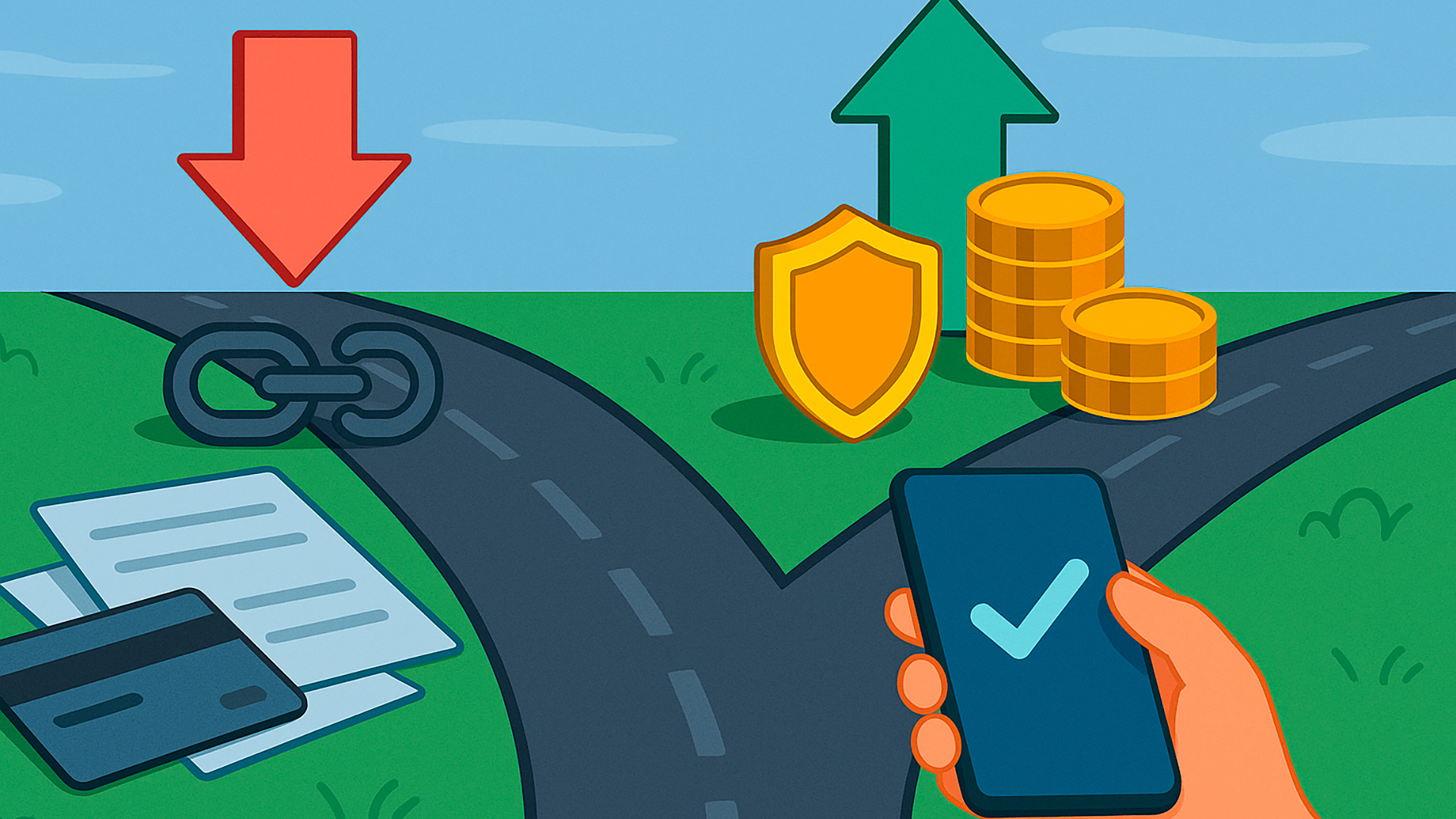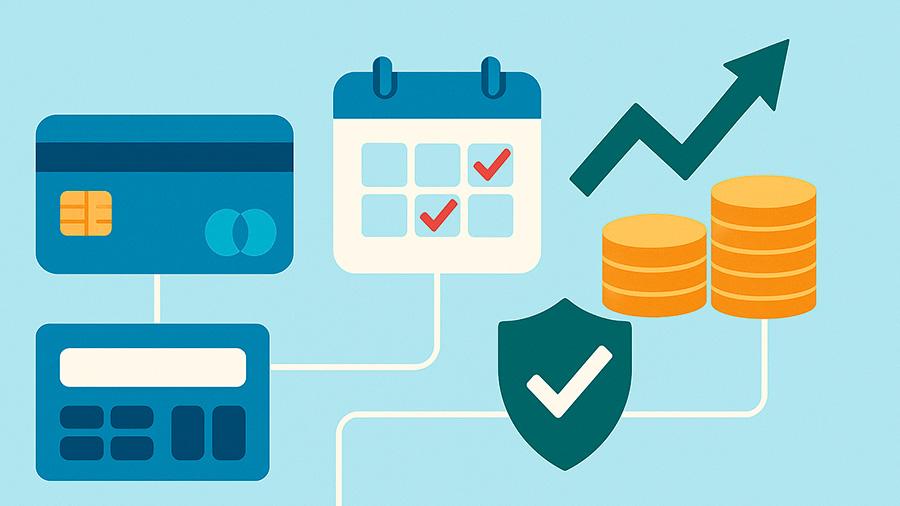
Every person who has ever taken out a loan, swiped a credit card, or financed a car understands the power and weight of borrowing. Credit can be a doorway to opportunity or a trap that limits financial freedom. The difference lies in the decisions made along the way. Knowing how to use credit responsibly, when to borrow, and how to repay is not just about avoiding debt—it is about shaping a stable future. That is why discussions around credit solutions have become so important. These are not simply products offered by banks or agencies, but also strategies, habits, and rules that guide borrowers toward healthier financial lives.
Why Responsible Credit Use Matters
Borrowing is almost unavoidable in today’s world. From mortgages to student loans, credit makes it possible to achieve goals that might otherwise be out of reach. However, poor borrowing decisions can create cycles of stress and limit opportunities for years. High interest rates, late payments, and poor planning can quickly spiral into collections, damaged credit scores, and restricted financial options. On the other hand, using credit solutions wisely provides flexibility, builds trust with lenders, and creates a track record that opens doors to better opportunities down the line.
Golden Rules for Managing Loans and Credit
Borrowers often underestimate how much control they actually have over their financial journeys. By following certain rules consistently, anyone can reduce risks and maximize the benefits of credit. The key lies in discipline, planning, and awareness.
- Borrow only what you can repay: Taking on debt beyond your ability to handle is the fastest path to financial stress.
- Pay on time, every time: Even one late payment can impact your credit score for years.
- Track interest rates: High-interest debt, such as credit cards, should be paid down as quickly as possible.
- Keep credit utilization low: Staying below 30% of your available credit limit shows lenders you are responsible.
- Build an emergency fund: This prevents unexpected costs from pushing you deeper into debt.
These habits are the foundation of sustainable borrowing. Together with practical credit solutions, they help balance short-term needs with long-term stability.
Table: Common Credit Mistakes vs. Smart Alternatives
| Mistake | Impact | Better Solution |
|---|---|---|
| Maxing out credit cards | Damages utilization ratio and score | Use under 30% of available limit |
| Paying only the minimum | Extends debt and increases interest costs | Pay more than minimum each month |
| Borrowing without a plan | Creates stress and risk of default | Have a repayment plan before borrowing |
| Ignoring credit reports | Errors or fraud may go unnoticed | Check reports regularly for accuracy |
How Credit Solutions Help Everyday People
Credit is not just about numbers and contracts. It is about people living everyday lives—families managing bills, students pursuing education, or small business owners growing their dreams. For each of these situations, credit solutions provide a way forward. For example, debt consolidation loans simplify multiple payments into one, often at a lower interest rate. Credit counseling agencies offer guidance for people struggling to keep up with obligations. Banks and fintech companies provide tools to track spending and set up automatic payments. Together, these resources give borrowers the structure they need to stay on course.
Behavioral Shifts That Strengthen Borrowing Decisions
Rules and tools only work if people change the way they think about money. Many borrowers fall into trouble not because they lack access to credit solutions, but because they treat debt as endless. Shifting perspective is key. Credit should be seen as a tool, not free money. Spending should align with priorities and goals, not impulses. Saving, even in small amounts, should accompany borrowing. These shifts prevent credit from becoming a burden and instead make it part of a healthy financial lifestyle.

Simple Habits That Create Big Results
- Automate bill payments to avoid late fees.
- Set reminders for due dates on loans and cards.
- Review monthly statements to track interest costs.
- Celebrate small milestones like paying off one debt completely.
When Borrowing Is the Right Choice
Not all debt is bad. In fact, borrowing strategically can lead to opportunities and growth. Mortgages allow families to build wealth through homeownership. Student loans open doors to better career prospects. Business loans help entrepreneurs expand. What makes these positive experiences is the structure behind them. Responsible planning, careful repayment, and reliance on effective credit solutions turn loans into investments rather than liabilities. The key is to borrow for value, not for lifestyle inflation.
Table: Good Debt vs. Bad Debt
| Type of Debt | Category | Why It Matters |
|---|---|---|
| Mortgage | Good Debt | Builds equity, often lower interest rates |
| Student Loan | Good Debt | Invests in earning potential |
| Business Loan | Good Debt | Drives growth and productivity |
| High-Interest Credit Card | Bad Debt | Expensive, often used for nonessential purchases |
| Payday Loan | Bad Debt | Very high fees, short repayment terms |
The Role of Credit Agencies
Behind the scenes, credit agencies track repayment behavior and assign scores that influence borrowing opportunities. These scores are not judgments of character but risk assessments for lenders. Understanding how agencies work allows borrowers to use credit solutions strategically. For instance, maintaining a long credit history, diversifying accounts, and avoiding too many applications at once all improve scores. By aligning behavior with agency expectations, borrowers gain access to better rates and more flexible terms.
Adapting Credit Decisions Across Life Stages
Borrowing looks different at every stage of life. Young adults often rely on student loans or small credit cards. Families use mortgages and auto loans to build stability. Older adults may prioritize paying down debt before retirement. At each stage, credit solutions provide different forms of support, whether through flexible repayment plans, refinancing options, or counseling services. Recognizing which solutions apply to your life stage ensures borrowing remains a benefit rather than a burden.
Turning Credit Into a Tool, Not a Threat
Credit is powerful. It can enable dreams, provide stability, and open opportunities—but only when handled with care. Rules like borrowing only what you can repay, paying on time, and monitoring credit reports set the foundation. Tools like consolidation loans, budgeting apps, and counseling services strengthen the framework. Together, they form the ecosystem of credit solutions that help people live better, more secure financial lives. With awareness, discipline, and the right resources, anyone can transform credit from a source of anxiety into a path toward financial freedom and stability.
